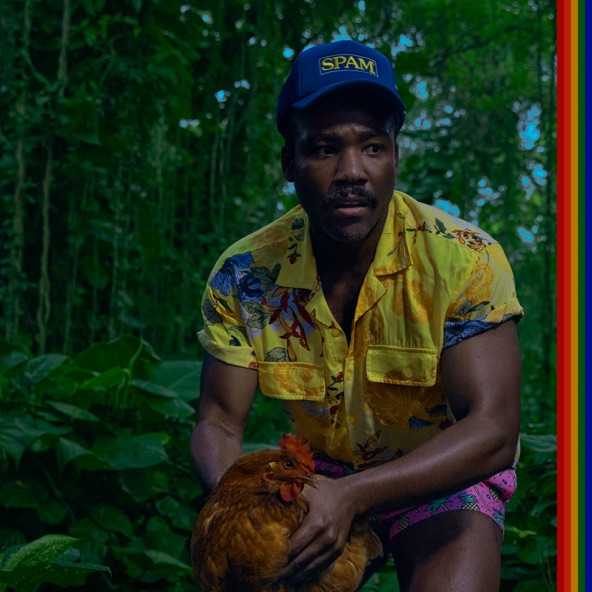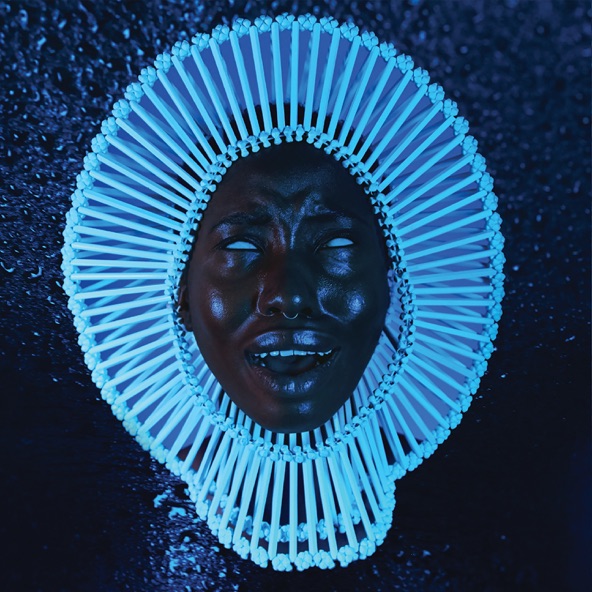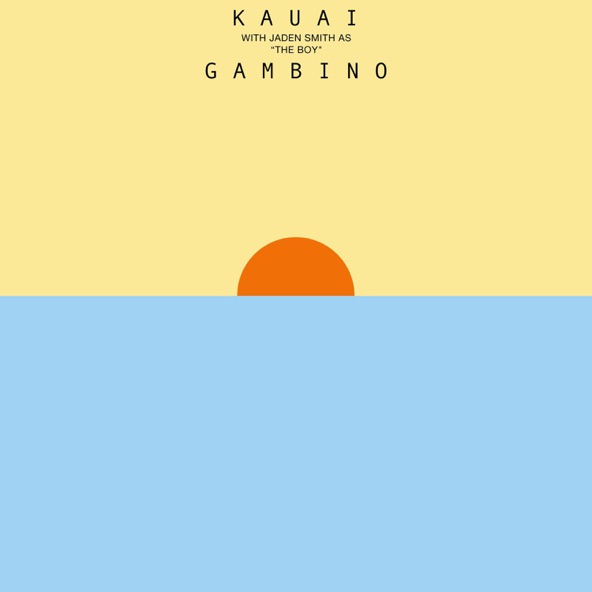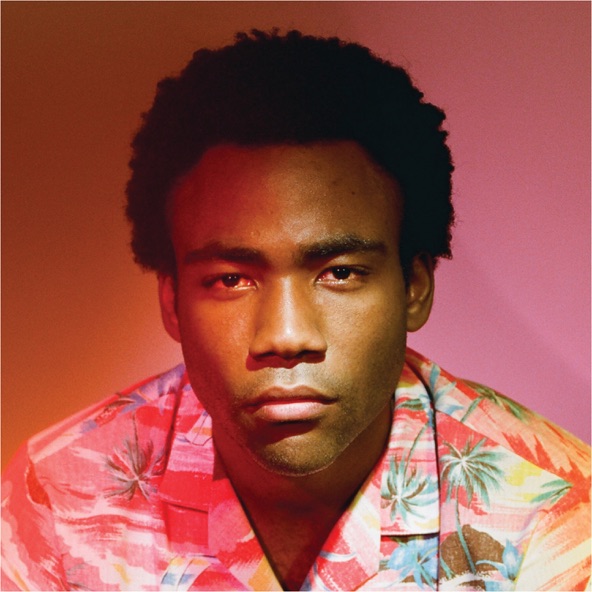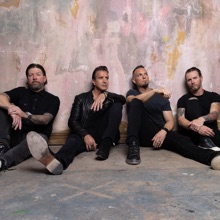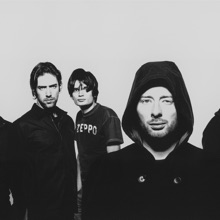Artist
Childish Gambino
On the one hand, there's Donald Glover: the writer, actor, comedian and director extraordinaire best known for his work on the sitcom <i>Community</i> and his original series (and homage to his hometown) <i>Atlanta</i>. Then there's Childish Gambino, the Grammy-winning multi-hyphenate musician and producer who's not as easy to describe—but that's also kind of the point. Shirking definition is key to his allure, a superpower of sorts that keeps onlookers entertained, intrigued and altogether baffled in turns.<br>
Glover was born in 1983, at Edwards Air Force Base in Southern California, but Childish Gambino came into existence, famously, with the aid of an online Wu-Tang Clan name generator, sometime around 2008, when he decided to use the moniker so that fans of his comedy wouldn’t think his music was just a bit. While not exactly the kind of backstory many rappers and singers would readily admit to, it's a fitting place to start in order to understand his idiosyncratic approach to music, which manages to strike a delicate balance between artful and whimsical. Glover's first recordings—which he once said sounded like a “decrepit” version of Drake—predate the name change and never formally saw the light of day. But Childish Gambino's earliest mixtapes, from the late 2000s, are the reflections of a cultural sponge who simply desired to create on his own terms. Ever since, genre descriptors have grown increasingly useless—he shrewdly treats genre like more of a suggestion than a limitation—but terms like hip-hop, R&B, funk and indie electro-pop, all pushed to their experimental bounds, are good jumping-off points. Some of Gambino's biggest hits, from the nimble display of "3005" and psychedelic soul of "Redbone" to the blistering raps of "This Is America”, share little in common aesthetically, yet he executes each with aplomb. Some catalogues are emblems of polished order and cohesion, but his is a rabbit hole of tangled genius and surprises well worth falling into.

